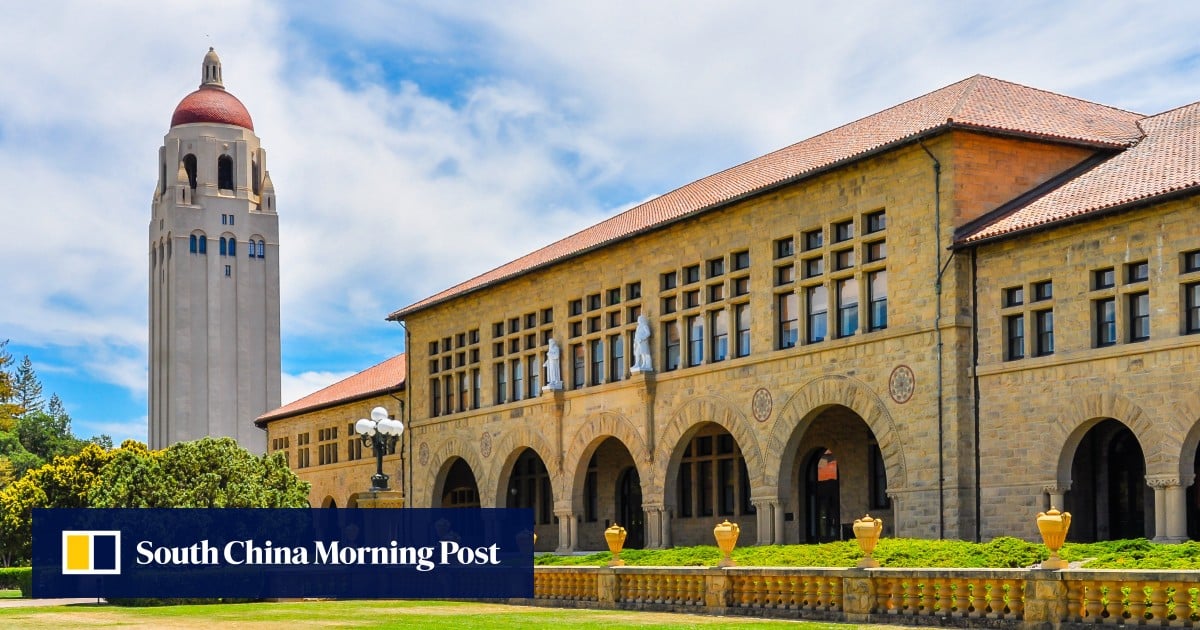Stanford team apologises over claims they copied Chinese project for AI model

🌈 Abstract
The article discusses the controversy surrounding the Llama 3-V AI model developed by a Stanford University team, which was found to be very similar to a project developed by Tsinghua University and ModelBest in China.
🙋 Q&A
[01] Stanford University team's apology
1. What did the Stanford University team admit about their Llama 3-V AI model?
- The Stanford students involved in the project, Aksh Garg and Siddharth Sharma, admitted that "our architecture is very similar" to another model, MiniCPM-Llama3-V 2.5, developed by Tsinghua University and ModelBest.
- They apologized to the original authors and said the original model had been taken down.
2. What was the background of the Llama 3-V AI model?
- The Llama 3-V AI model was developed by Garg, Sharma, and another researcher, Mustafa Aljadery, who is not from Stanford.
- The model was launched last week and drew global attention for its powerful performance, claiming to rival the performance of cutting-edge AI models like GPT4-V, Gemini Ultra, and Claude Opus at a low cost.
3. What were the allegations against the Stanford team?
- Questions were raised within the AI community over whether a large part of the new Llama 3-V model might have been stolen from the MiniCPM-Llama3-V 2.5 model developed by Tsinghua University and ModelBest.
- Content posted on GitHub suggested the model structure and code of the two projects are almost identical.
4. How did the Stanford team respond to the allegations?
- In their statement, Garg and Sharma said the third team member, Aljadery, had written all the code for the project.
- They took full responsibility for not verifying the originality of the work.
[02] Tsinghua University and ModelBest's perspective
1. What did the Tsinghua University and ModelBest team claim about their MiniCPM-Llama3-V 2.5 model?
- The model had an embedded feature that can identify bamboo slips from the Warring States Period, which was based on a dataset of 2,500 bamboo slips that Tsinghua University had acquired and annotated.
- Liu Zhiyuan, the co-founder of ModelBest, said the Llama 3-V model showed the same recognition ability, and "even the wrong cases are the same."
2. What was the ModelBest team's perspective on the controversy?
- Liu Zhiyuan acknowledged the significant gap between China's generative AI models and top-tier Western projects, but said China had rapidly gone "from a nobody more than a decade ago to a key driver of AI technology innovation."
- He noted that their model had used the latest open-source Llama 3 from Meta as a base, and said the cornerstones of open-source sharing were adhering to protocols, trusting other contributors, and respecting and acknowledging the work of pioneers, which the Stanford team had "seriously undermined."
[03] Broader implications
1. How did the case impact the broader discussion on China's progress in AI?
- The case has caused a stir on social media, particularly in China, where it topped the list of hottest topics on Weibo on Tuesday.
- It has prompted broader discussion of China's progress in artificial intelligence, with a researcher from Google DeepMind commenting that the MiniCPM-Llama3-V 2.5 model, which was from a Chinese lab, had received less attention because it was not from an Ivy League university.
Shared by Daniel Chen ·
© 2024 NewMotor Inc.